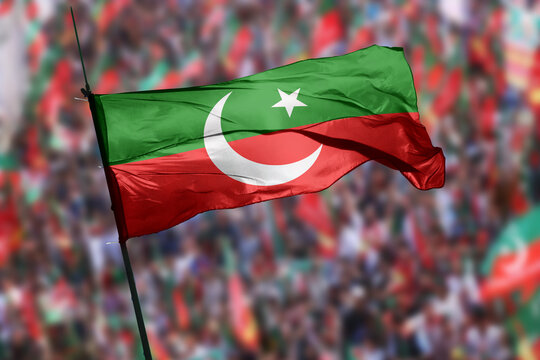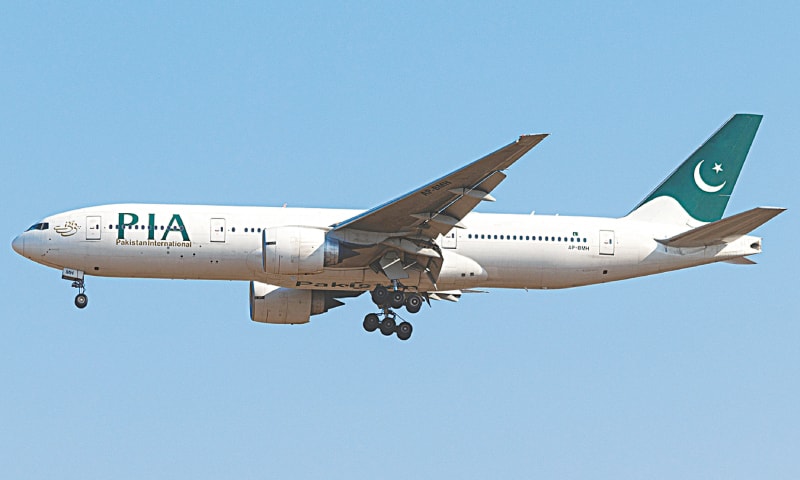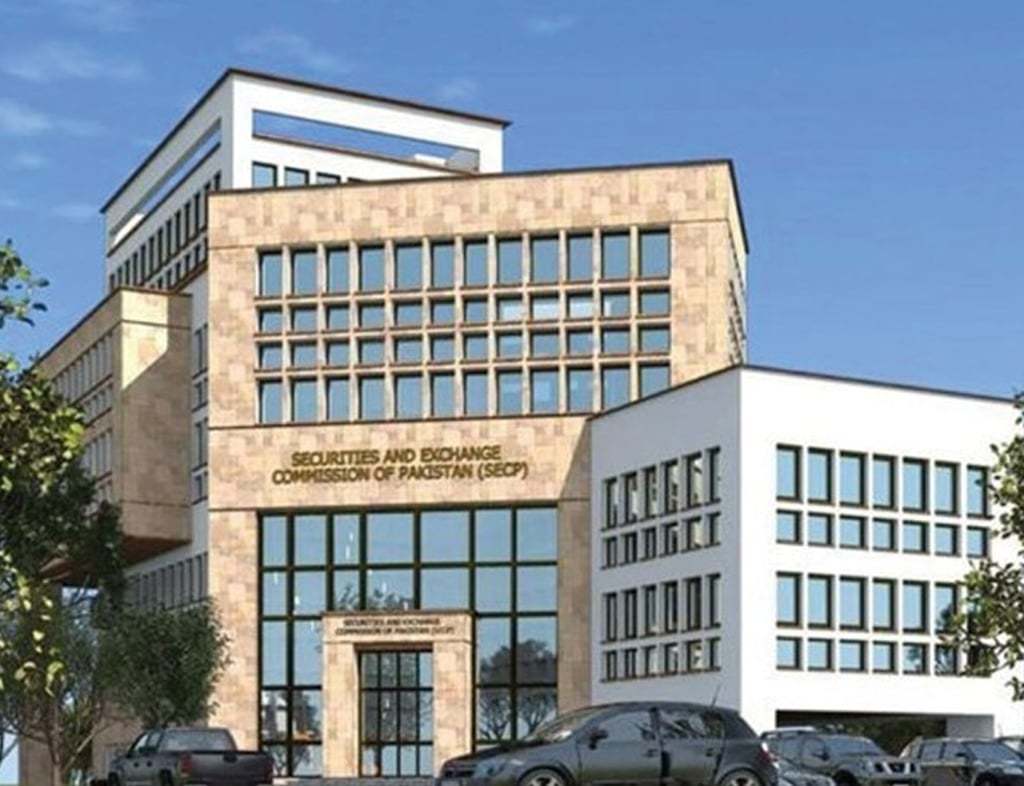PTBP Web Desk
The government of Pakistan has officially declared 2025 as the Year of 5G, revealing an ambitious plan to transform the country’s digital landscape. The initiative aims to achieve an average broadband speed of 50 to 100 Mbps, increase Fiber-To-The-Site (FTTS) coverage to 60%, and position Pakistan as a competitive digital economy.
These objectives were presented during the National Broadband Network Forum 2024, organized by the Pakistan Telecommunication Authority (PTA) in collaboration with Huawei. Amer Shahzad, Director General (DG) Licensing at PTA, unveiled the roadmap and highlighted the key milestones ahead.
One of the major announcements was the scheduled 5G spectrum auction in April 2025. Shahzad emphasized that this would be a landmark achievement for Pakistan, unlocking numerous benefits, including faster connectivity, improved infrastructure, and greater economic opportunities.
The government has set a target to raise the average broadband speed from the current 15 Mbps to 50/100 Mbps. This significant upgrade is expected to cater to the growing demand for high-speed internet, benefiting businesses, households, and educational institutions.
FTTS coverage, a critical component of modern telecom infrastructure, is currently limited to 20%. The government aims to expand this to 60% by 2025, ensuring the foundation for robust 5G networks and closing the digital divide.
To support these ambitious goals, the government has introduced the National Fiberization Plan, focusing on expanding the footprint of Optical Fibre Cable (OFC). This initiative is vital for connecting base stations and enabling seamless 5G deployment.
The existing OFC infrastructure of 200,000 kilometers is set to expand to 500,000 kilometers by 2025.
Enhanced OFC coverage will ensure high-speed internet access across urban and rural areas, addressing connectivity disparities.
As part of the plan, Shahzad proposed deploying 1 Gbps connectivity in Islamabad, serving as a pilot project for nationwide expansion. This initiative reflects the government’s vision of a digitally advanced Pakistan.
Fixed Broadband (FBB) penetration in Pakistan currently stands at less than 2%, a figure the government aims to increase to 20% within five years. This ambitious target underscores the commitment to bringing millions of new users online and boosting economic productivity.
The Pakistan Telecommunication Authority (PTA) has been instrumental in driving the country’s telecom advancements. According to its annual report, the PTA has achieved remarkable progress in expanding telecom services and improving connectivity for millions of users.
Expansion of telecom infrastructure to remote and underserved areas.
Facilitation of policies to support 5G deployment and digital transformation.
While the roadmap is ambitious, it comes with challenges. Low FTTS coverage and the high costs associated with OFC expansion remain significant hurdles. Additionally, bridging the urban-rural divide requires substantial investment and coordination.
The benefits of achieving these goals are far-reaching. The 5G rollout will not only enhance connectivity but also drive innovation in industries like healthcare, education, and e-commerce. It will also attract foreign investments and create new job opportunities.




